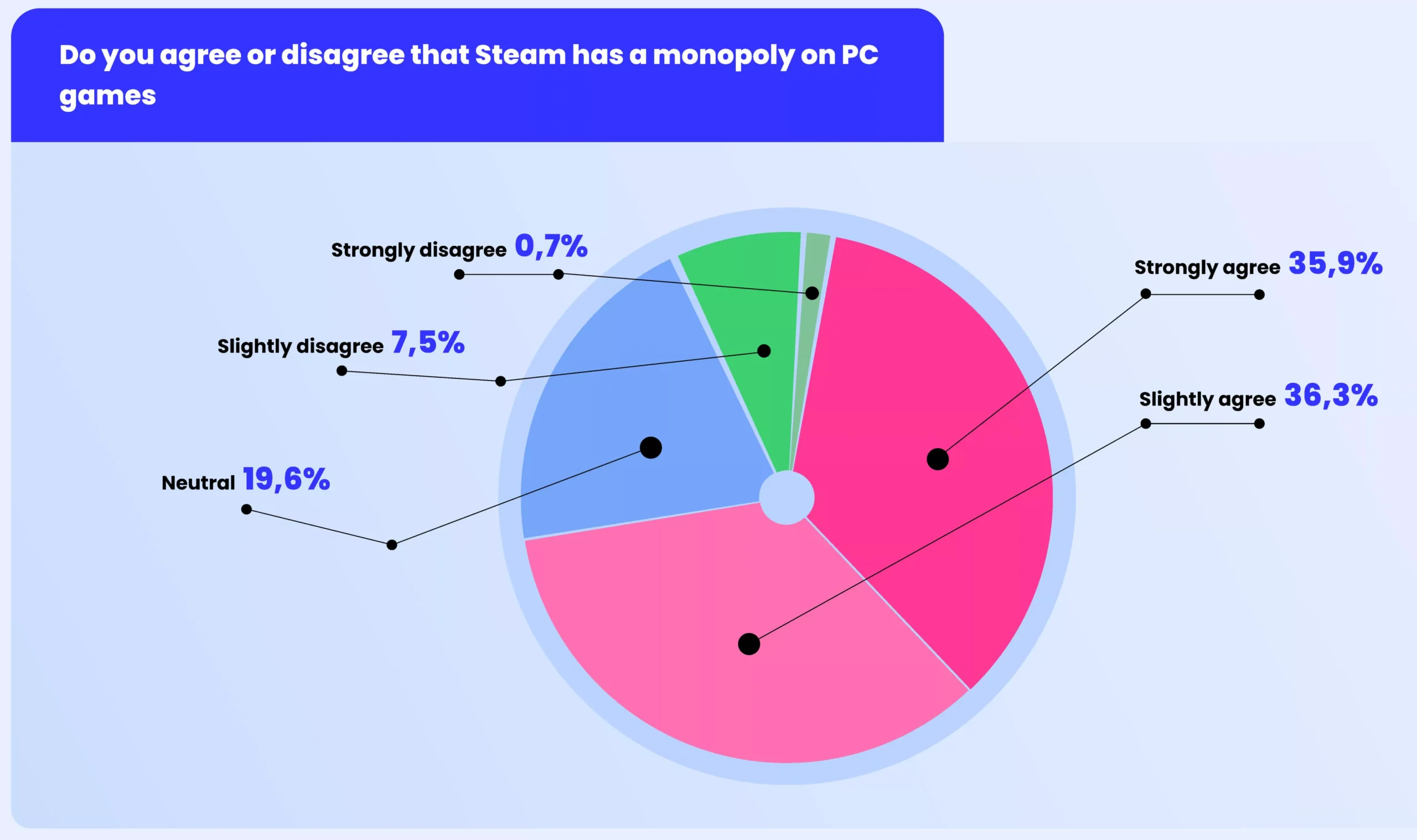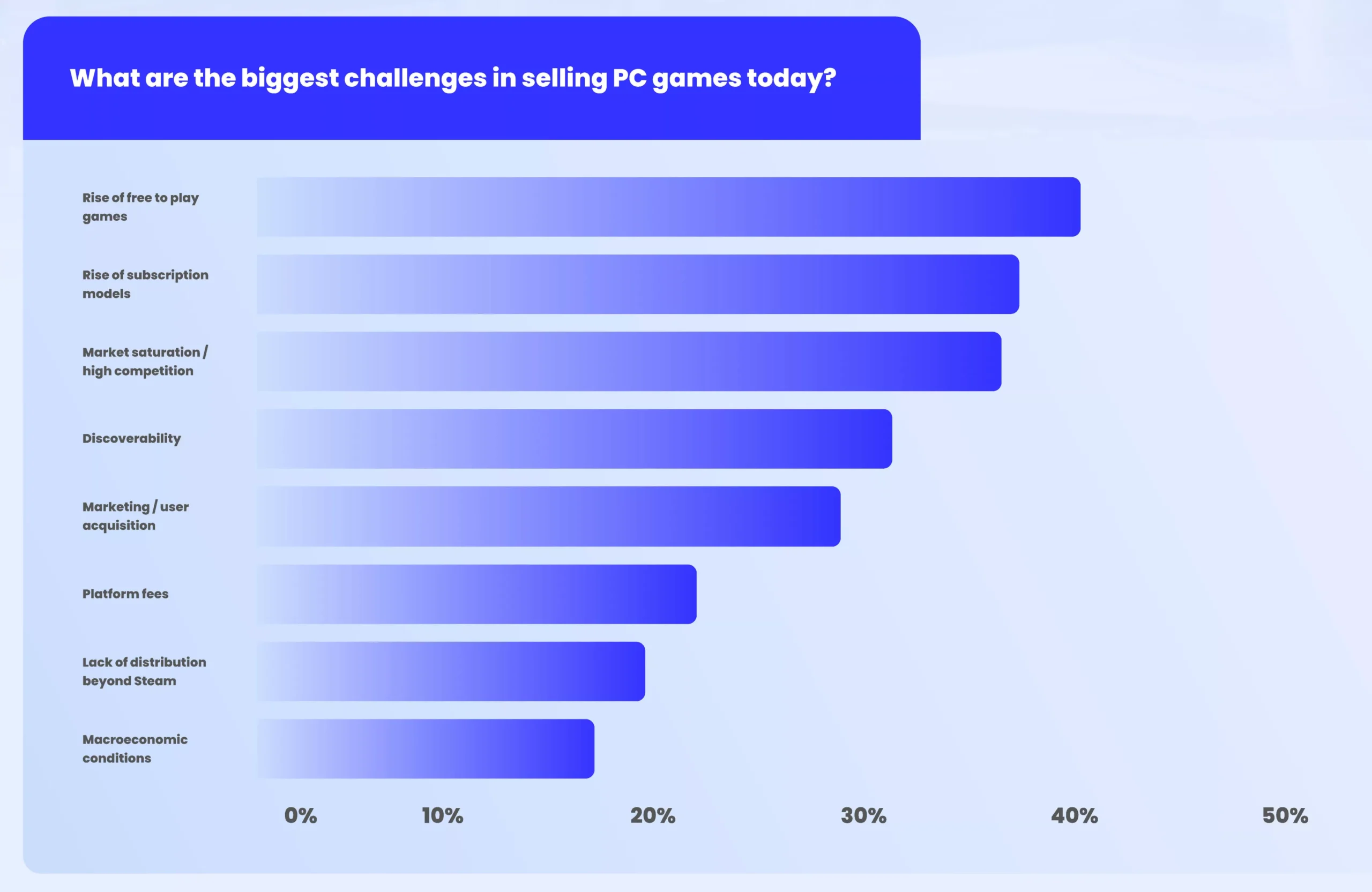Amazon is rolling out a tougher approach to combat illegal streaming, with the United States-based tech company aiming to block apps loaded onto all its Fire TV Stick devices that are identified as providing pirated content.
[…]
Amazon launched a new Fire TV Stick last month — the 4K Select, which is plugged into a TV to facilitate streaming via the internet — that it insists will be less of a breeding ground for piracy. It comprises enhanced security measures — via a new Vega operating system — and only apps available in Amazon’s app store will be available for customers to download.
[…]
Amazon insists the clampdown will apply to the new and old devices, but registered developers will still be able to use Fire Sticks for legitimate purposes.
[…]
The roll-out has started in Germany and France and will be expanded globally in the coming weeks and months.Over the summer, The Athletic learned that Amazon had sporadically started blocking apps suspected of being linked to illegal sports streaming.[…]Gareth Sutcliffe is a leading tech researcher from Enders Analysis, who speaks on a range of topics in the episode, including the role of the Fire TV Stick device. He says that the previous — and still widely used — device made by Amazon “enables piracy” and that it’s “a broadly risky device for consumer safety”.Sutcliffe says it “provides a very easy path for malware to enter into a home-computing environment”, there were “policies around developing apps for that device that Amazon took a certain position on and broadly got wrong” as they had made “an open computing device” that was a playground for “a whole world of nefarious actors”.[…]
Source: Amazon steps up attempts to block illegal sports streaming via Fire TV Sticks – The Athletic
So yes, some apps are illegal, but plenty are legal. And they won’t work either. The “security” angle is just like Google’s move to stop people from installing (sideloading) software on Android. PCs allow you to do this and this generally goes right. It is about control, knowing what apps people install and above all: revenue. Mr Sutcliffe is firmly in the pay of these people and by saying that making an open computing device is wrong, he clearly shows this.














